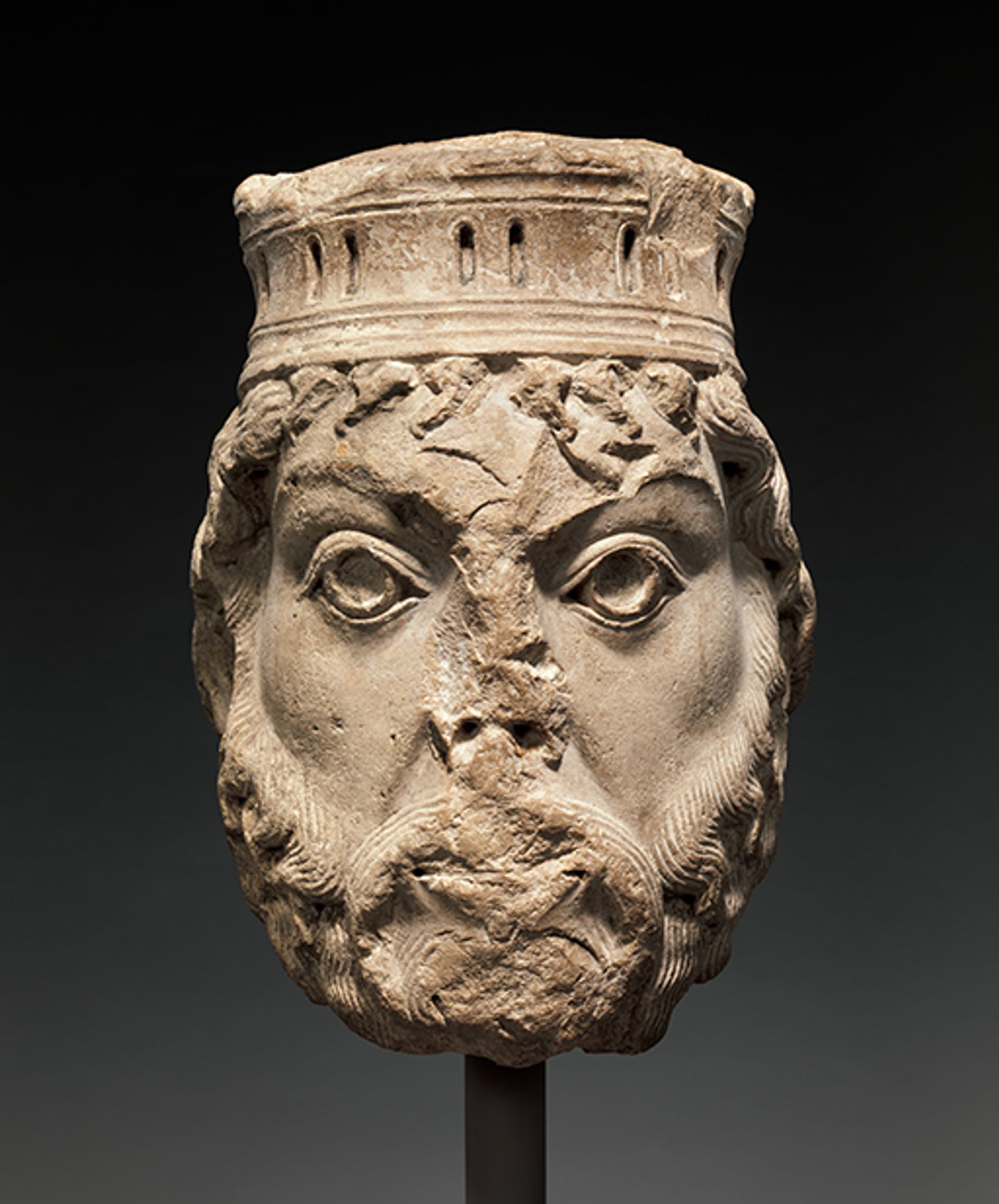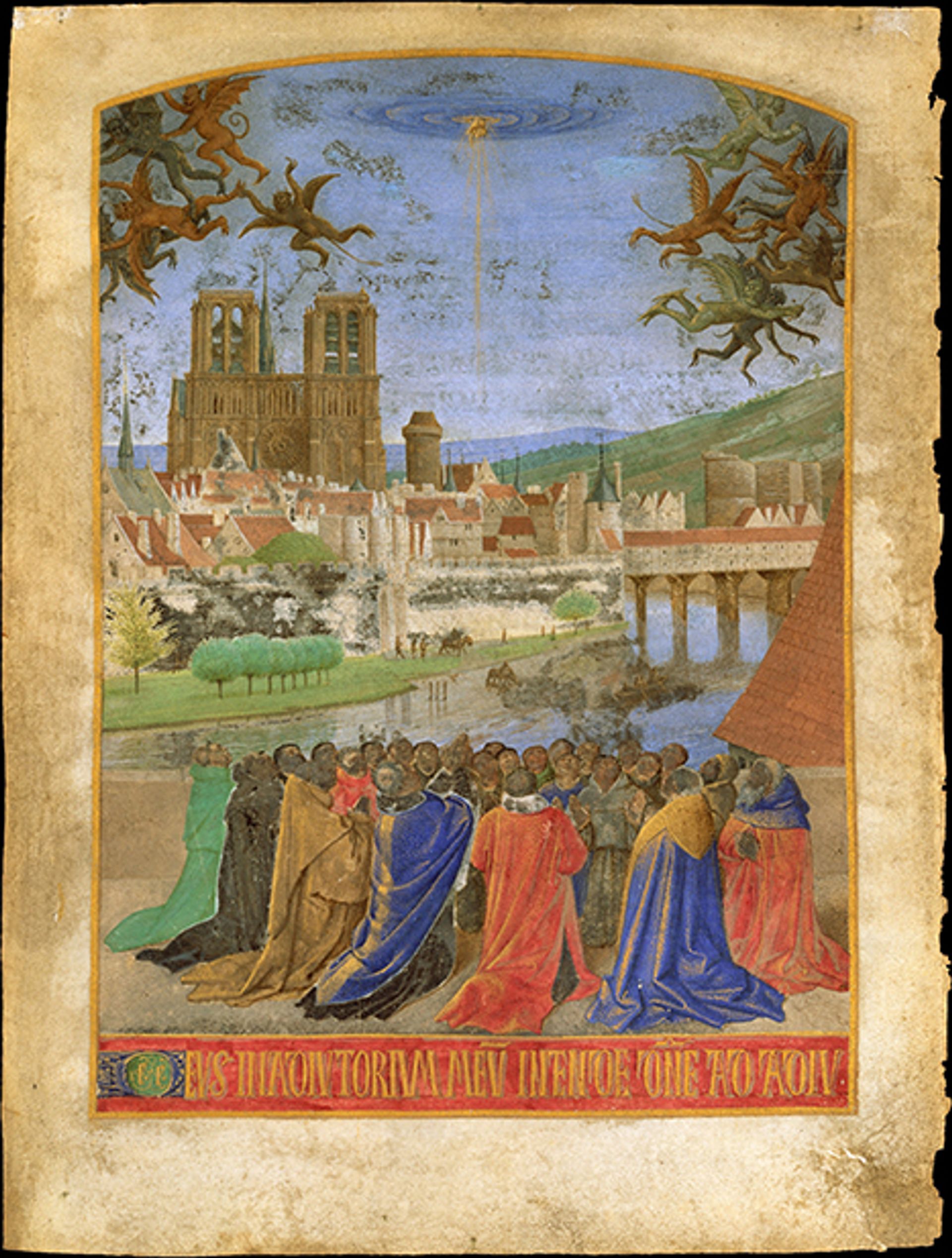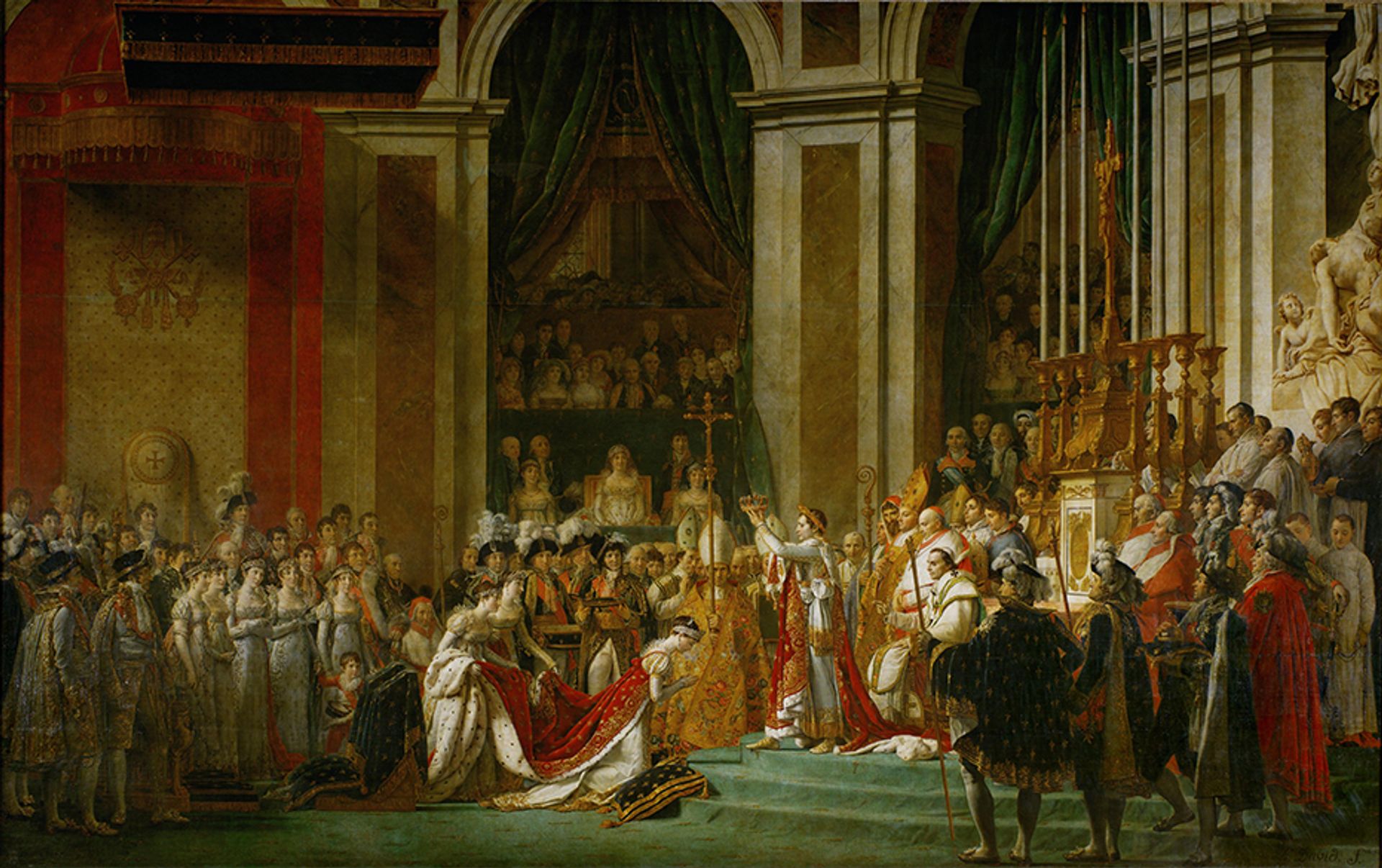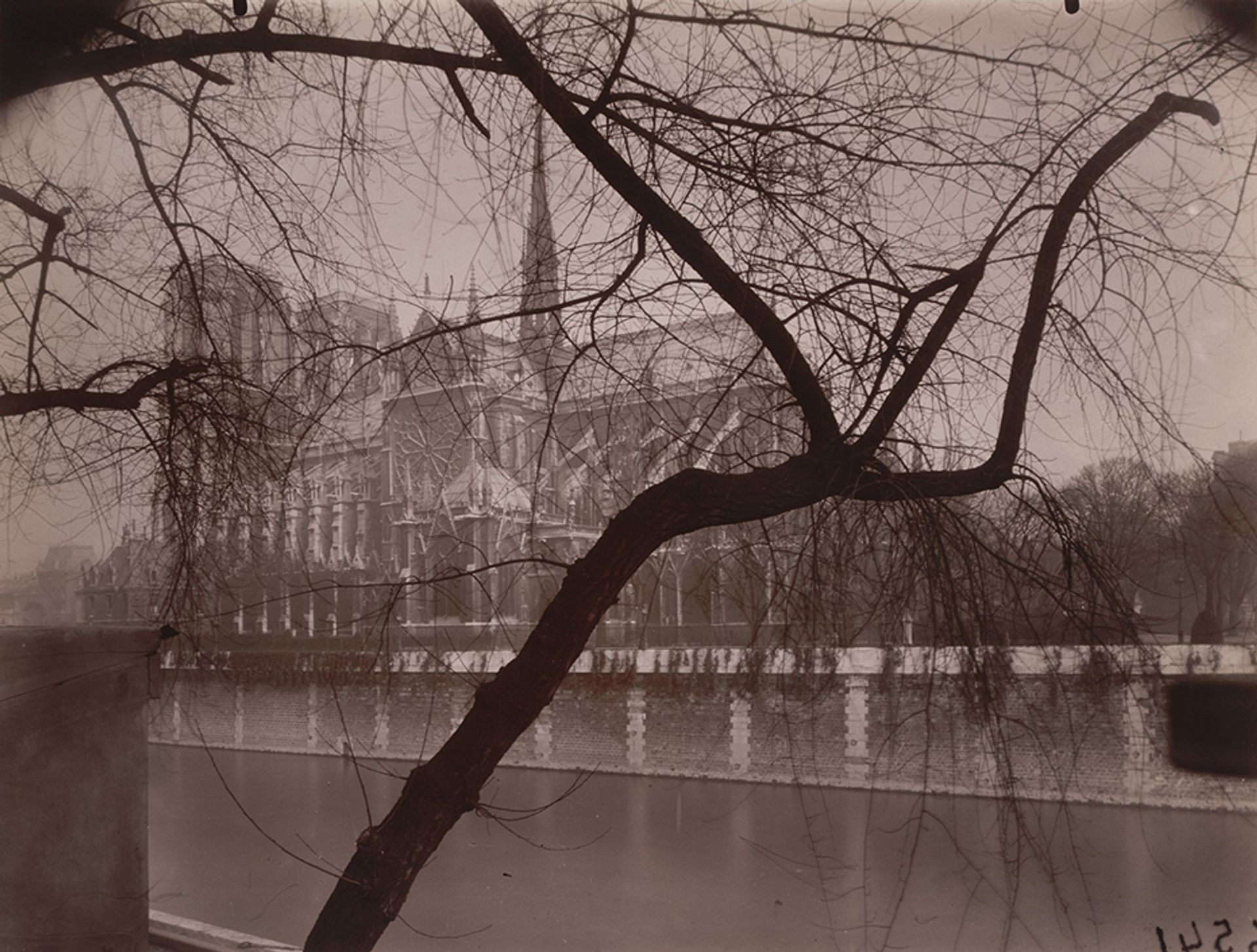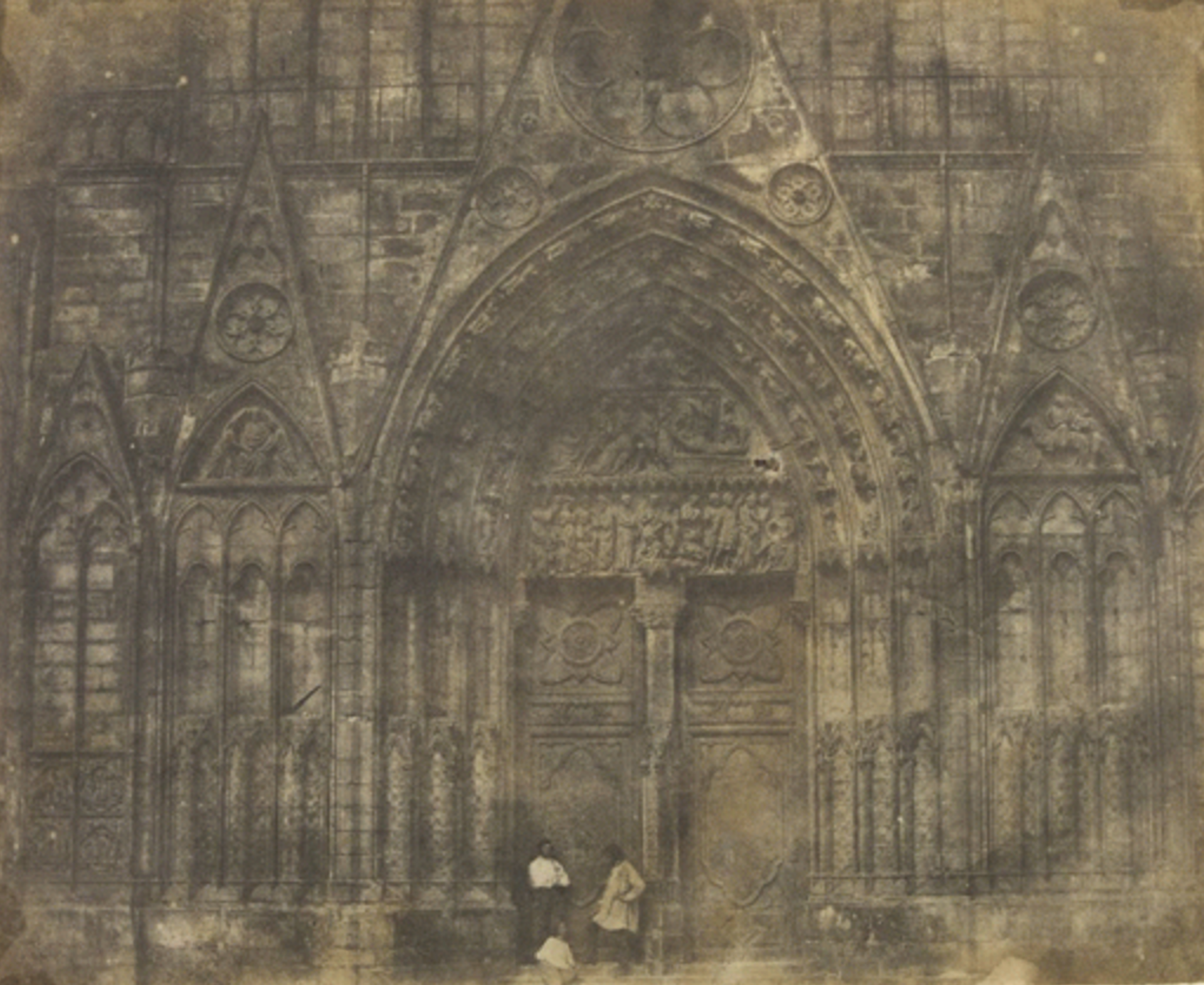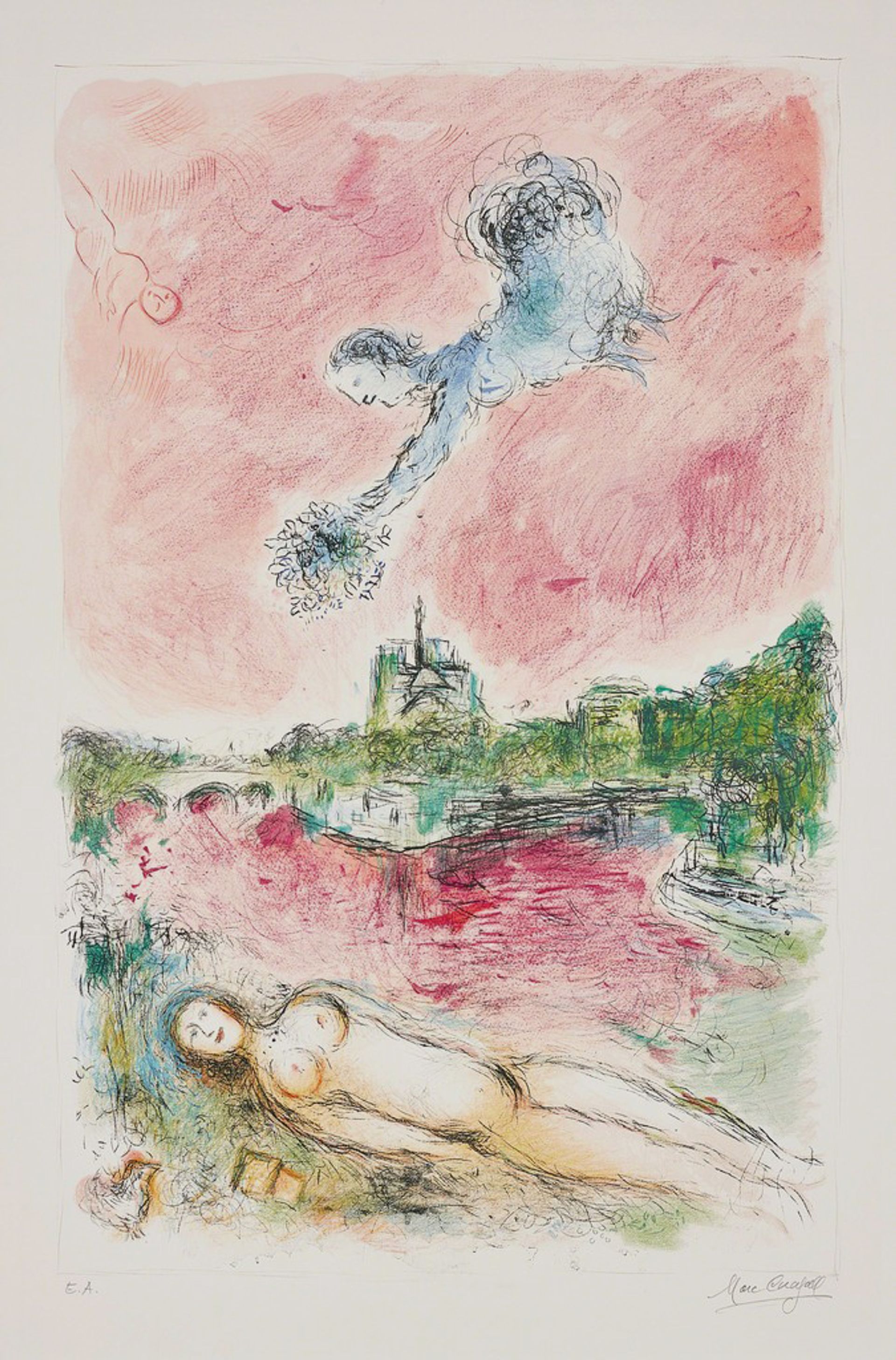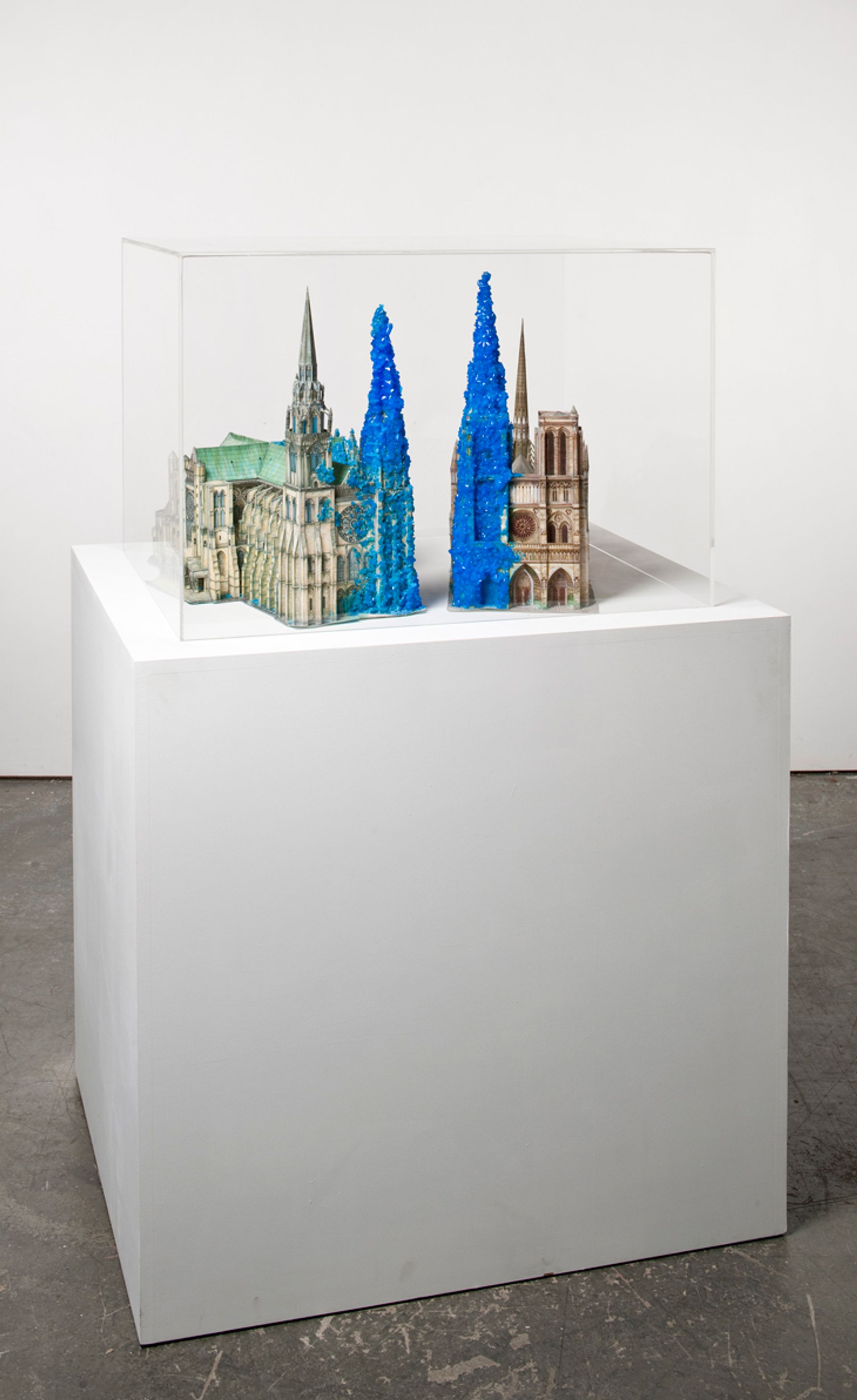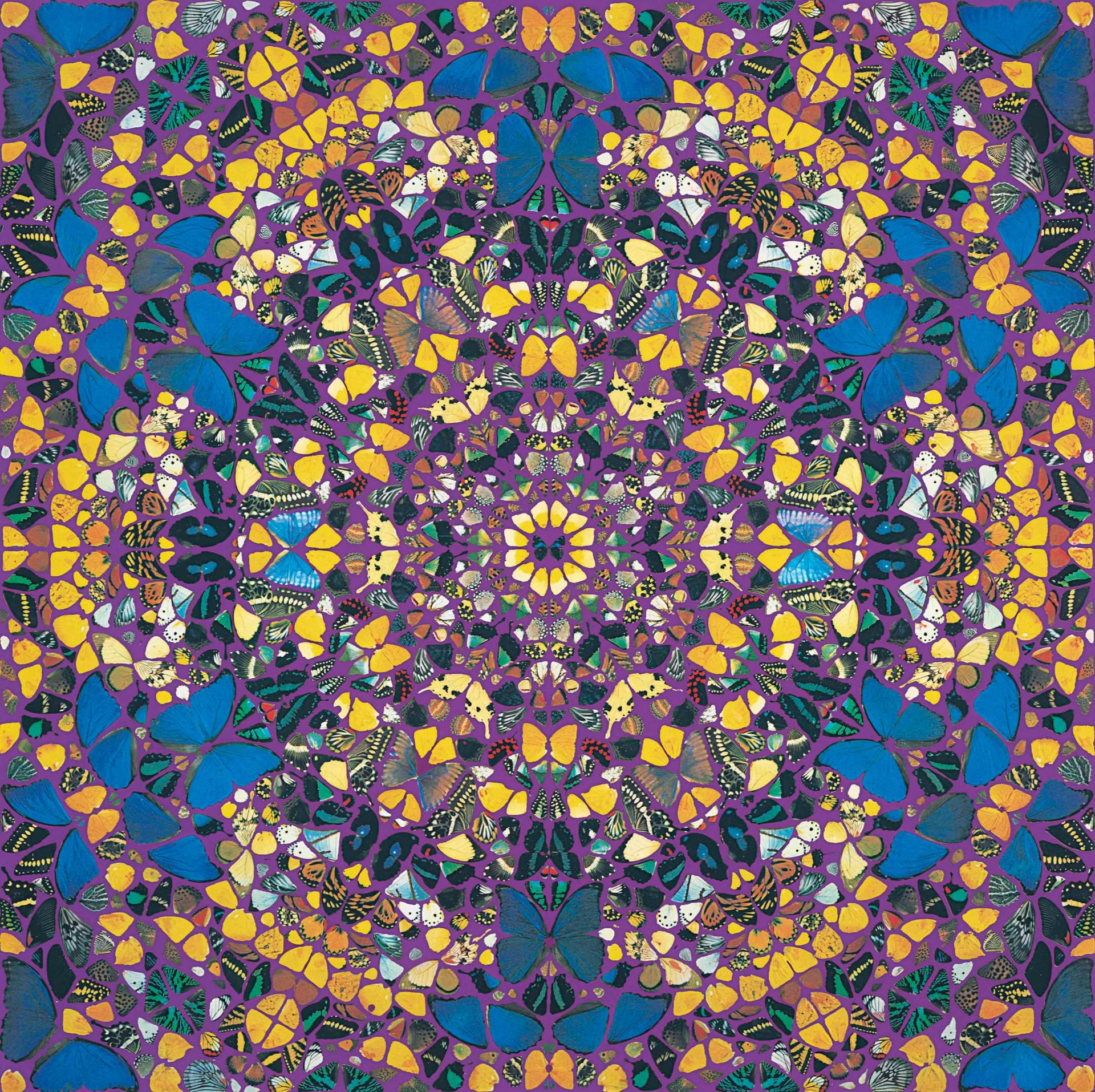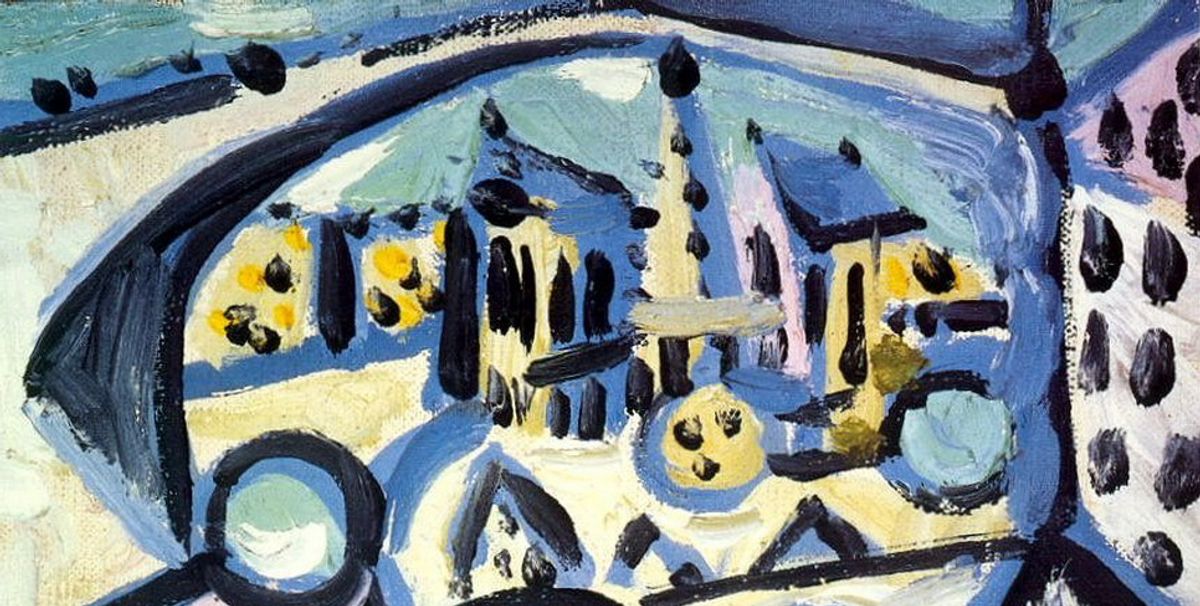One of the most recognisable structures in Paris, the cathedral of Notre Dame not only contains a great deal of artwork within it, but has also inspired artists who have come to Paris since its completion in the 1200s. Depictions of Notre Dame chart nearly a millennium of Parisian history, from its medieval origins, to its sweeping revolutions and focal position within the development of Modern art. In remembrance of the building's enduring place within the cultural depictions of the city and the hearts and minds of its residents, here are some of the most significant works of art inspired by Notre Dame.
Read more of our coverage on the fire of Notre Dame here


